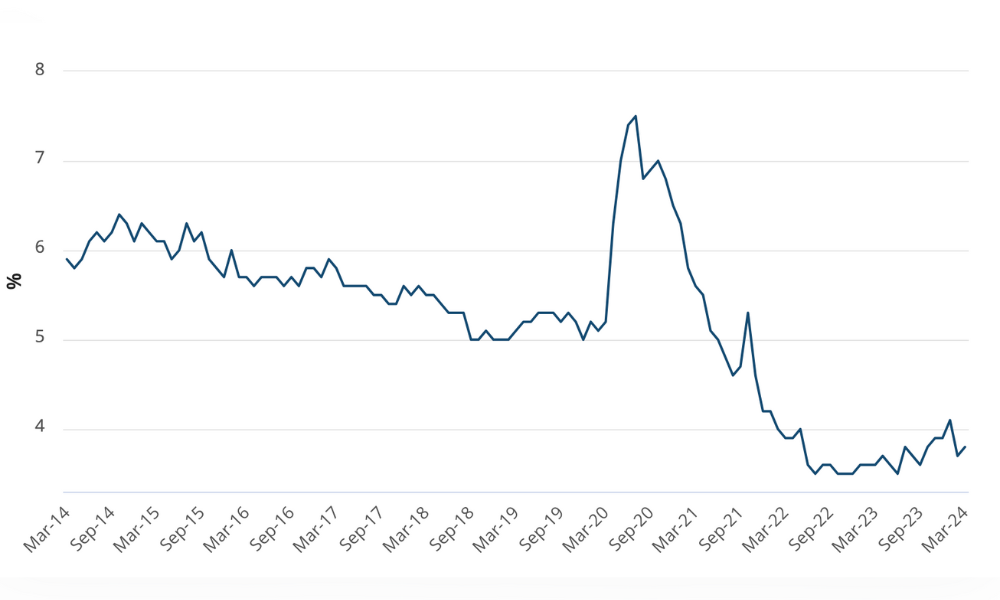I am currently evaluating various HR systems and I keep hearing how important integration is. I can appreciate a successful HRIS strategy would require an effective payroll integration, but where else would integration be important and why?
Q. I am currently evaluating various HR systems and I keep hearing how important integration is. I can appreciate a successful HRIS strategy would require an effective payroll integration, but where else would integration be important and why?
A. I would have to agree with you: the word integration is painfully overused and, depending on the context, can have many different meanings. Firstly, it is critical to understand that it is the solution that is important not the software. Integration is basically effective communication. It is making information available where it’s needed and when it’s needed.
In terms of an HRIS, integration offers data sharing and interoperability within the HR functions of an organisation. Specifically, supporting the main business processes such as recruitment, remuneration and performance.
An example of this is in identifying the competencies of your workforce. What are the skills or characteristics that personnel display for success in a position? The identification of these enables you to look for relevant qualities and skills when recruiting, to use them in development plans, to contribute to performance assessments, and in support of the development of succession and workforce planning. This is a critical aspect of your HRIS implementation; get this right and you can leverage this through all your HR functions.
Integrated HCM applications help you assess, promote and compensate your workforce with some visibility and clarity of purpose. You can clearly define job-specific competencies for key positions across the organisation. Then it becomes much easier to enhance HR business processes and develop your work force’s skills toward the company-defined goals.
For example, in succession planning you can benefit from a companywide succession strategy that incorporates competencies, skills and career-development plans that also mitigates flight risks at all levels of the organisation. By integrating performance, development and remuneration modules, you can drive retention and attraction of key personnel and build a culture of success.
Furthermore this clear visibility into the organisational strengths and weaknesses lets executives identify potential gaps and identify future needs while allowing employees to better manage their careers and fully develop their potential.
Today’s HRIS applications provide the means by which accurate HR records can be maintained through workflow-driven update and transactional processes. The benefits that automation and integration are providing today can be measured in efficiencies of time and manpower.
But the real benefits to bottom line now are in the strategic HR areas of talent management, consistent and effective application of HR policy, and the development of skills within the workforce in line with company performance and business goals.
The promise of an integrated HRIS solution is visibility and availability of information to those who need it, when they need it, enabling effective decision-making relevant to your workforce and business goals.
By Sam McDonald, senior consultant, EmployeeConnect. Tel: 02 82888028. Web: www.employeeconnect.com.au








